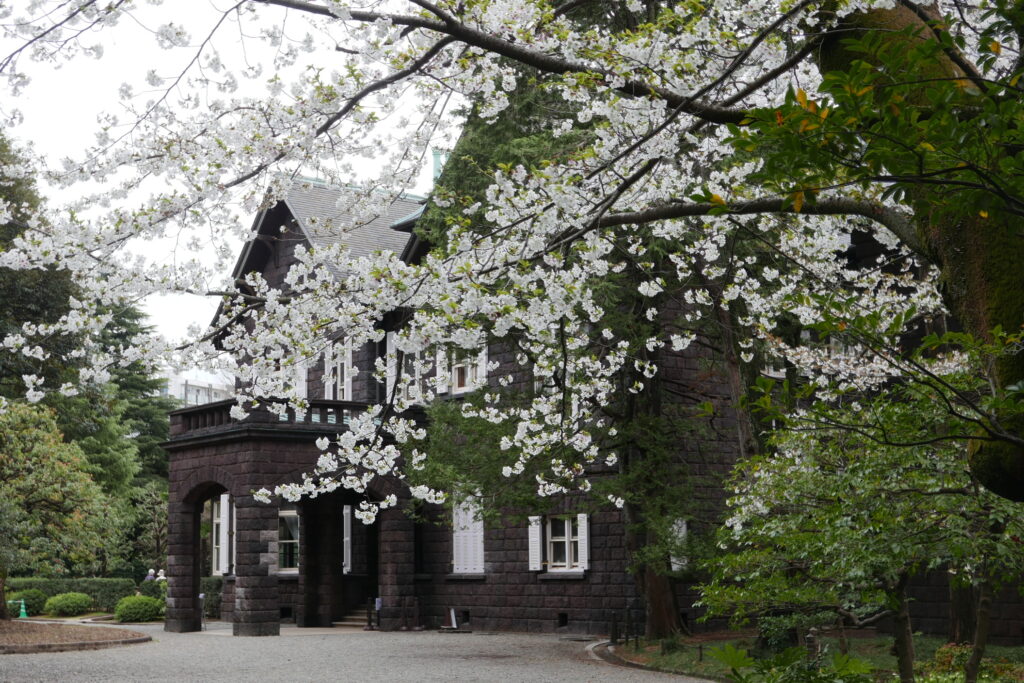
The last stop on the “Three-Garden Tour” is Kyu-Furukawa Garden, about a 15-minute walk from Rikugien Gardens or a 10-minute walk from the Nishigahara station on the Nanboku Line. The Kyu-Furukawa Garden tastes different from the previous two gardens, Koishikawa-Korakuen and Rikugien, which were established initially by the samurai lords and retain traditional samurais’ spirits and aesthetic tastes.
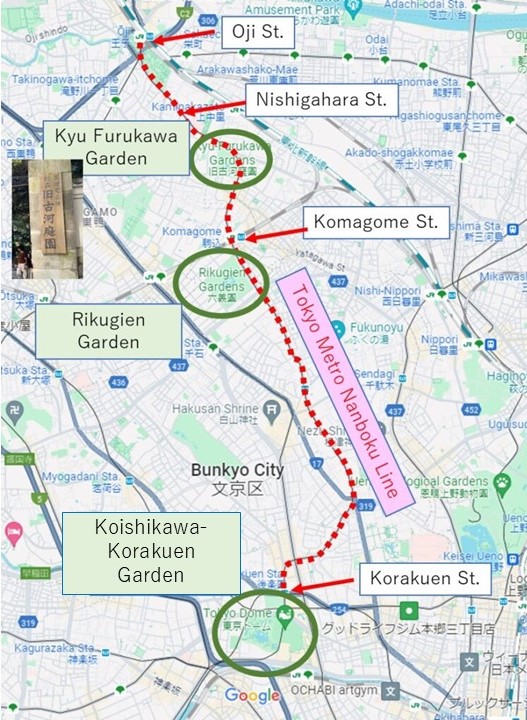
Munemitsu Mutsu (1844 to 1897), a veteran politician and talented diplomat in the early era of modernizing Japan, built his house and garden to feature Western and traditional Japanese tastes. The garden sits on the slope of the hill, where the iconic Western-style house stands on the top. Two types of gardens expand on the hill’s downslope; the upper one is British style, and the lower has a traditional Japanese taste.
The Western Garden has 100 species of 200 roses planted. The garden holds the Spring Rose Festival annually from the end of April to the end of June. Please check the official website to find out the exact period of the festival.
https://x.gd/lJVLg
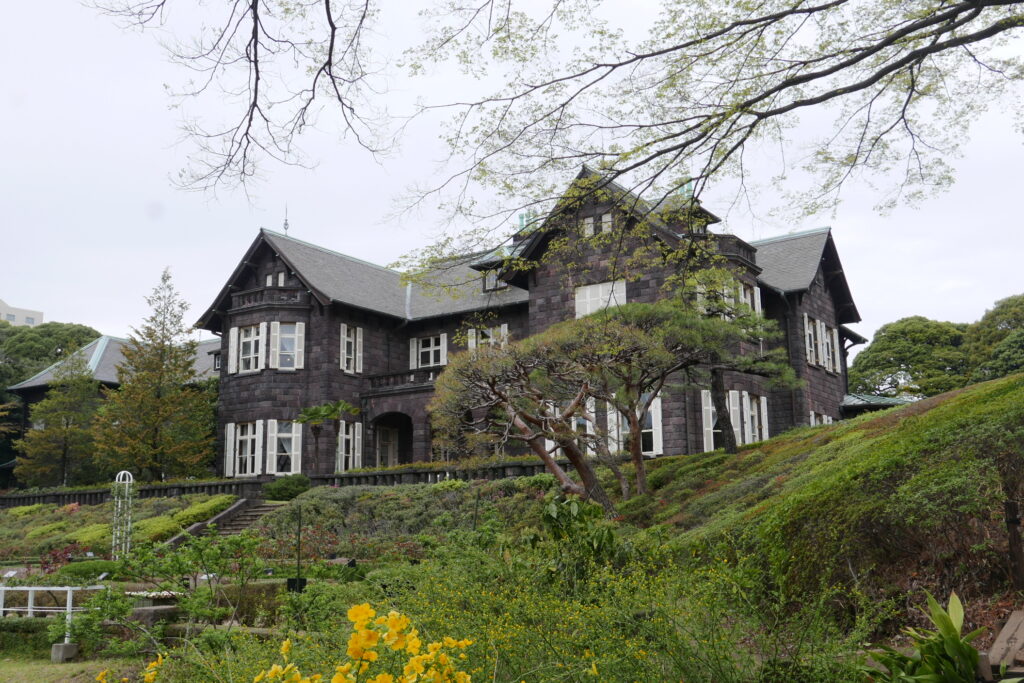

After you pass through the Western Garden, you can get a commanding view of the Japanese Garden from the middle of the hill. It must be astonishing with autumn leaves if we visit here in the fall.

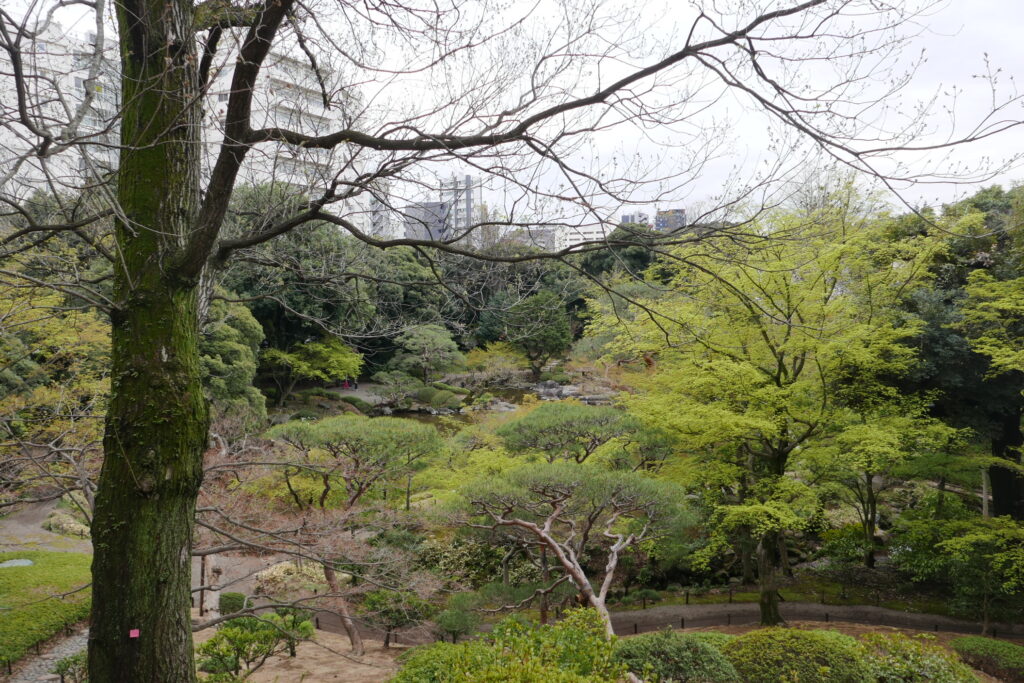
The Japanese Garden area will then welcome you with a beautiful green carpet of moss and rocks. On your right side, you can see a small but traditional Japanese gate. Also, you will find a Japanese tea ceremony house on the other side, where you can enjoy immersing yourself in a calm and somehow sacred vibes for a while.
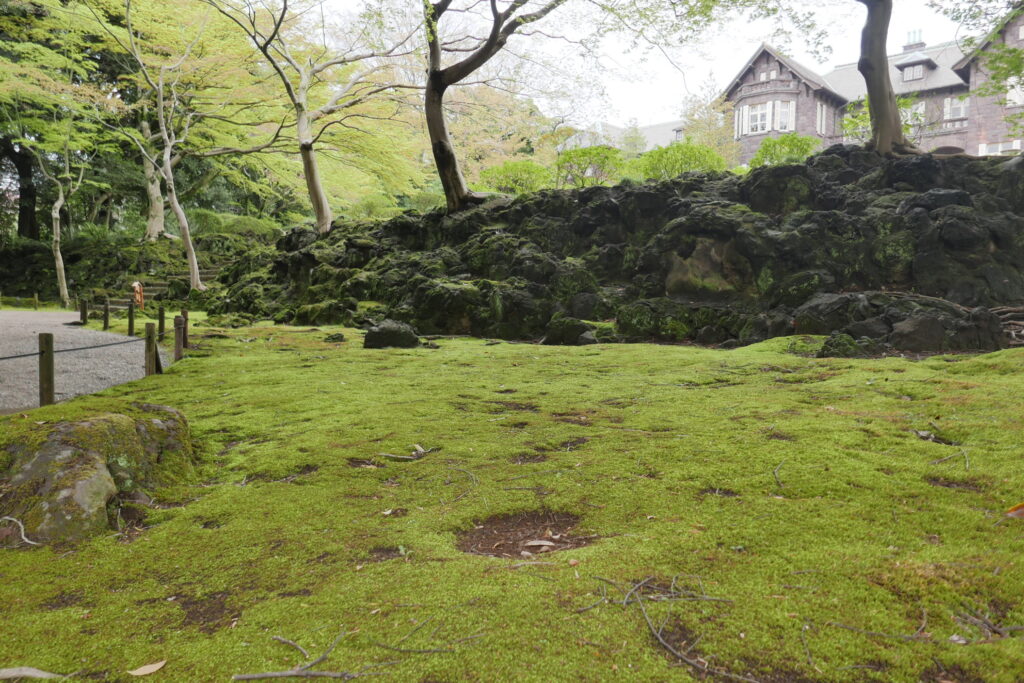
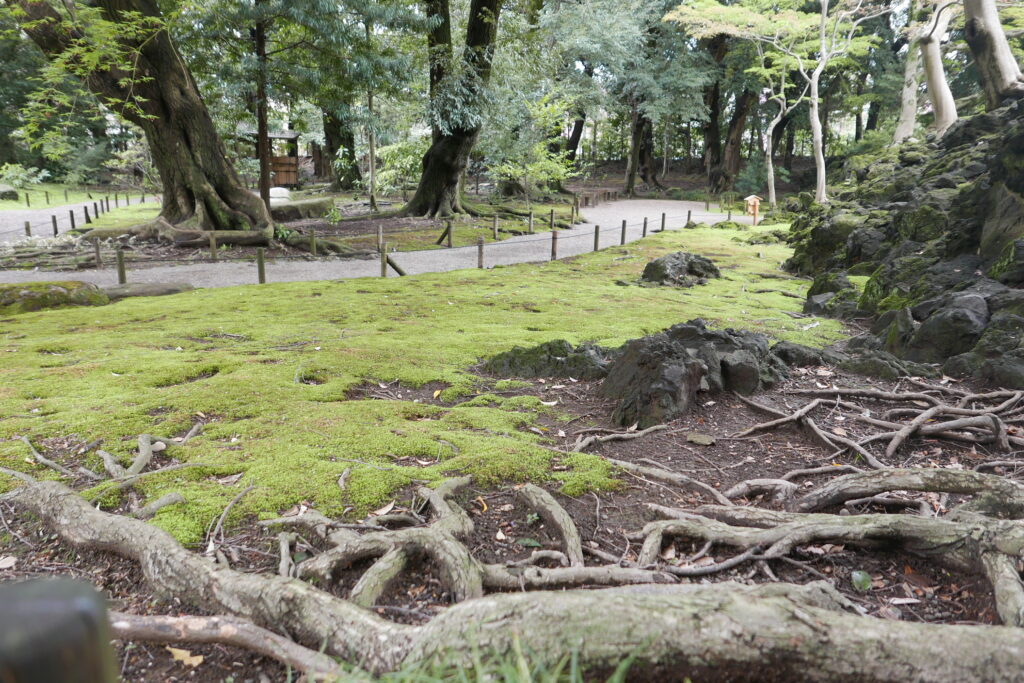

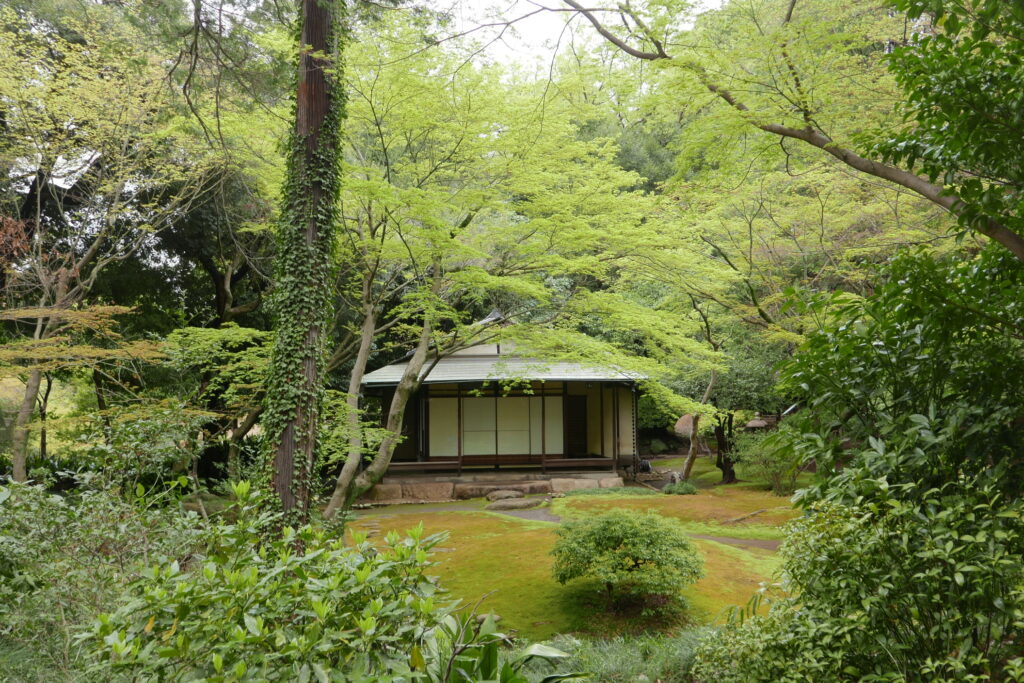
At the foot of the hill, the Japanese garden spreads around a pond edged with various pine trees.
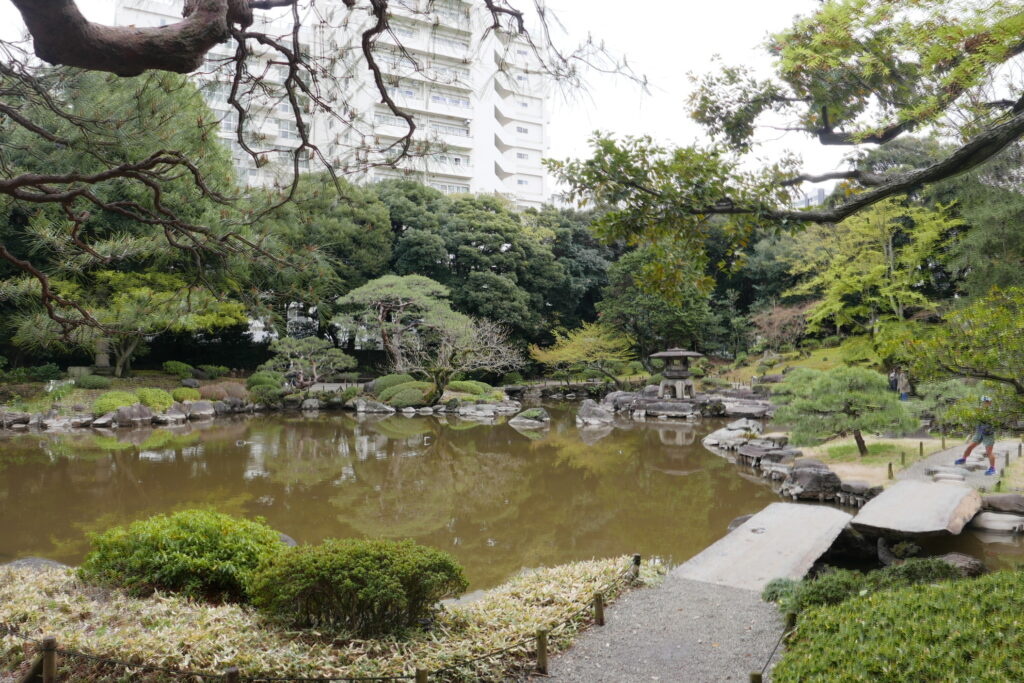
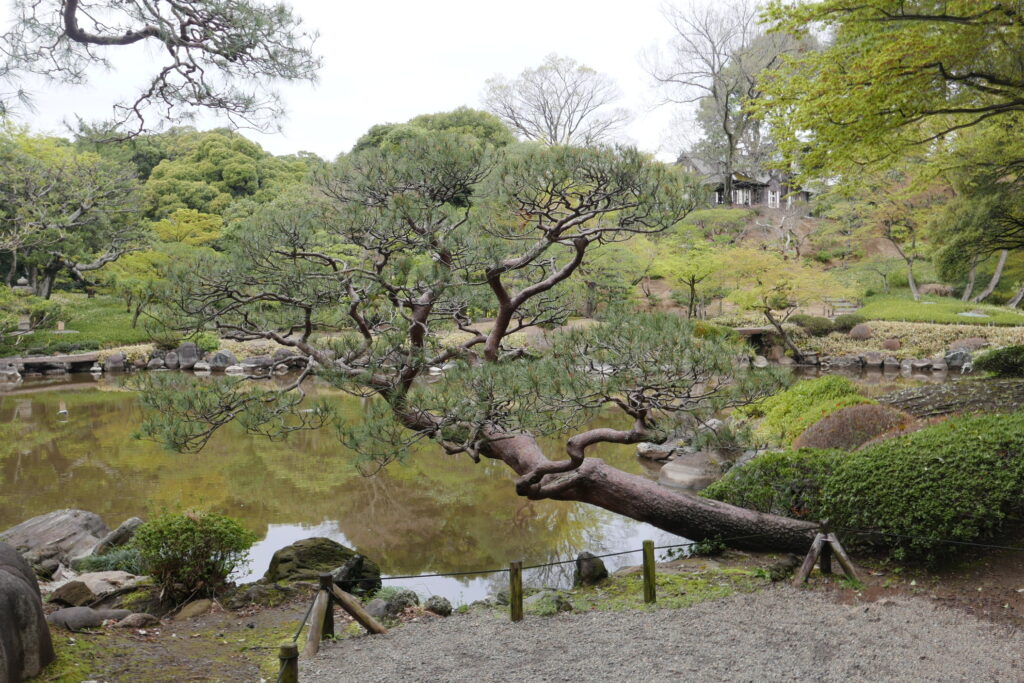
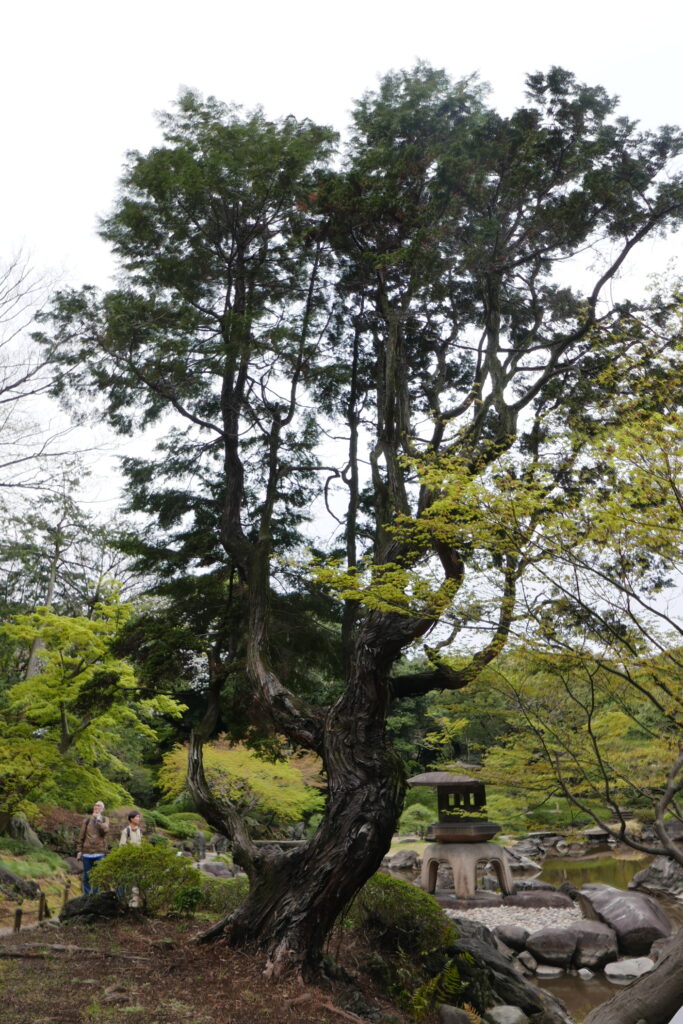

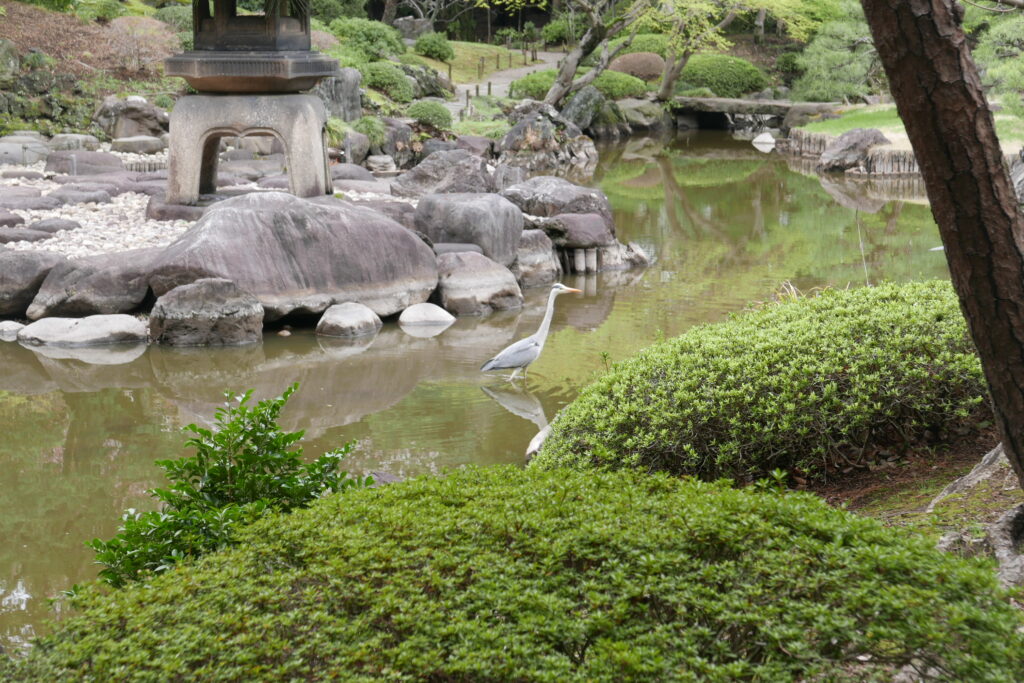
One of the iconic spots in the garden is Kare-Taki, which tries to give the audience an image of a waterfall described with stones. This is a typical concept of the Japanese garden: to inspire our imagination and expand the scenes in our minds.
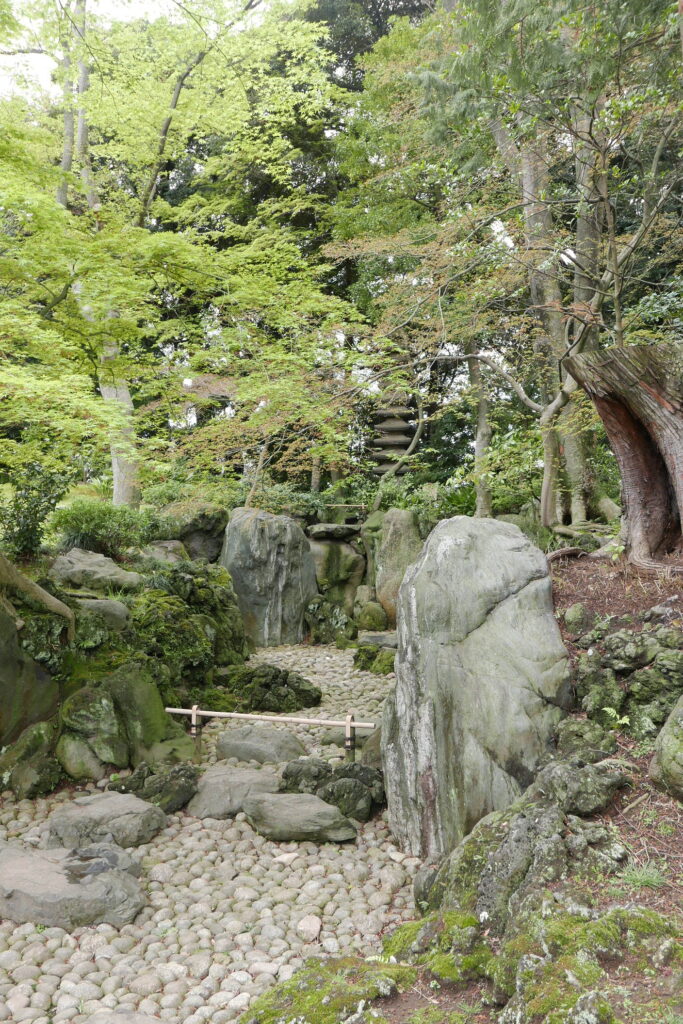
Another distinct scene of the Kyu-Furukawa Garden is Tourou, stone lanterns, which are prevalent all over the garden. I have never seen such many Tourous with different styles at once.
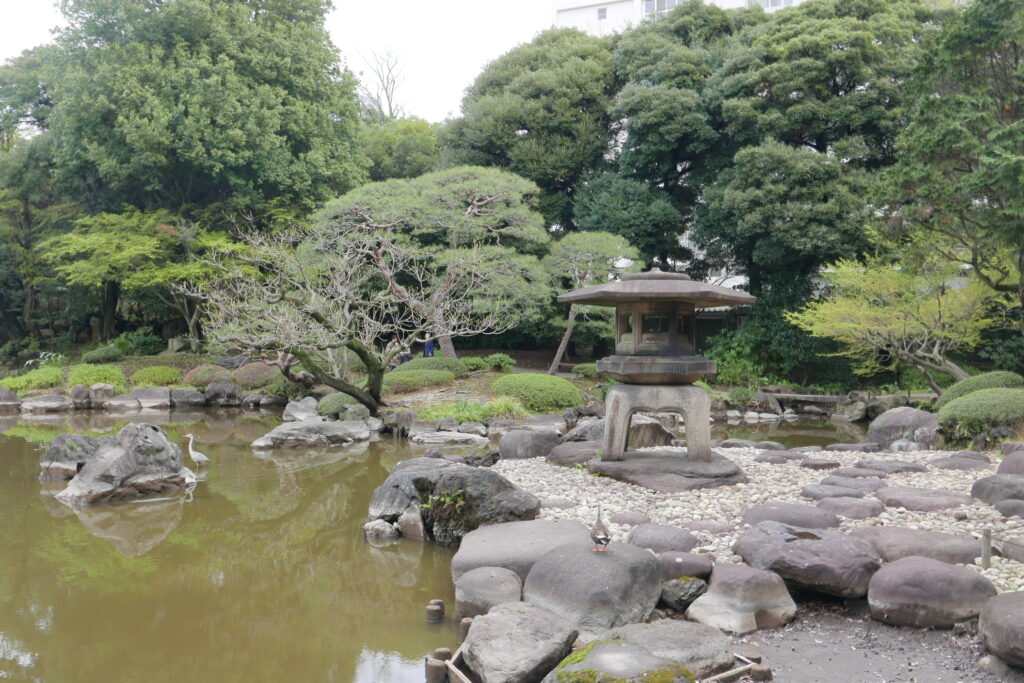
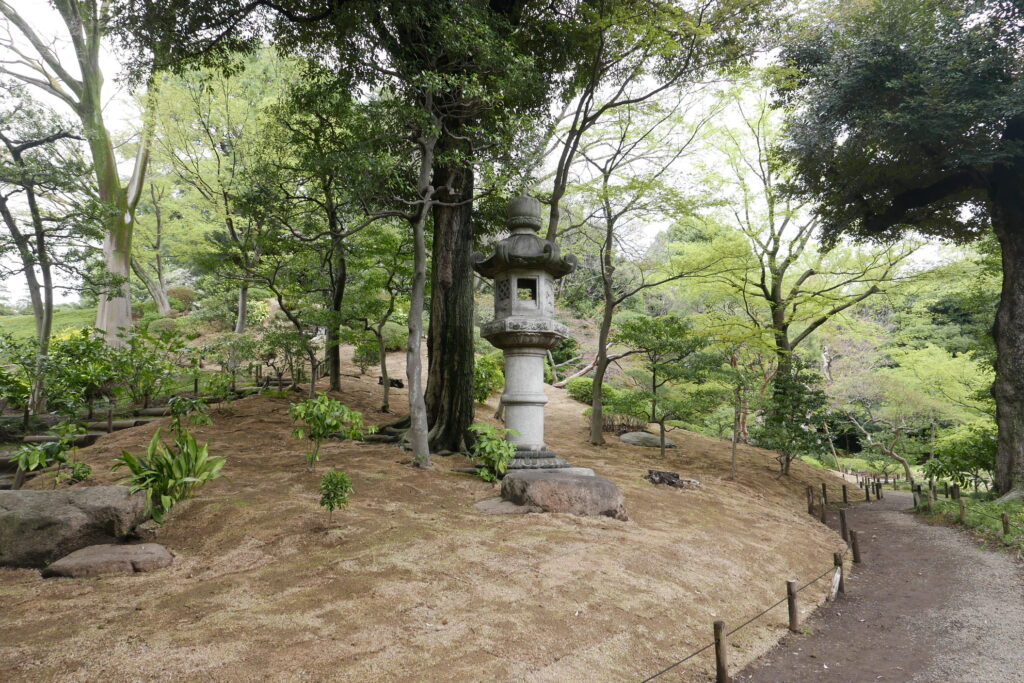

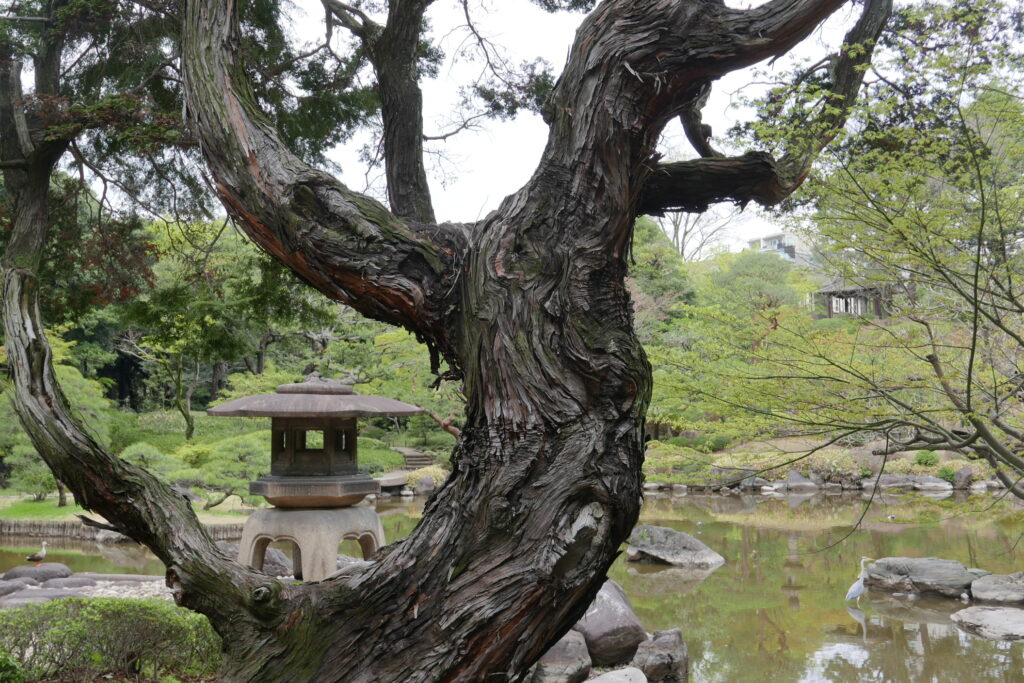
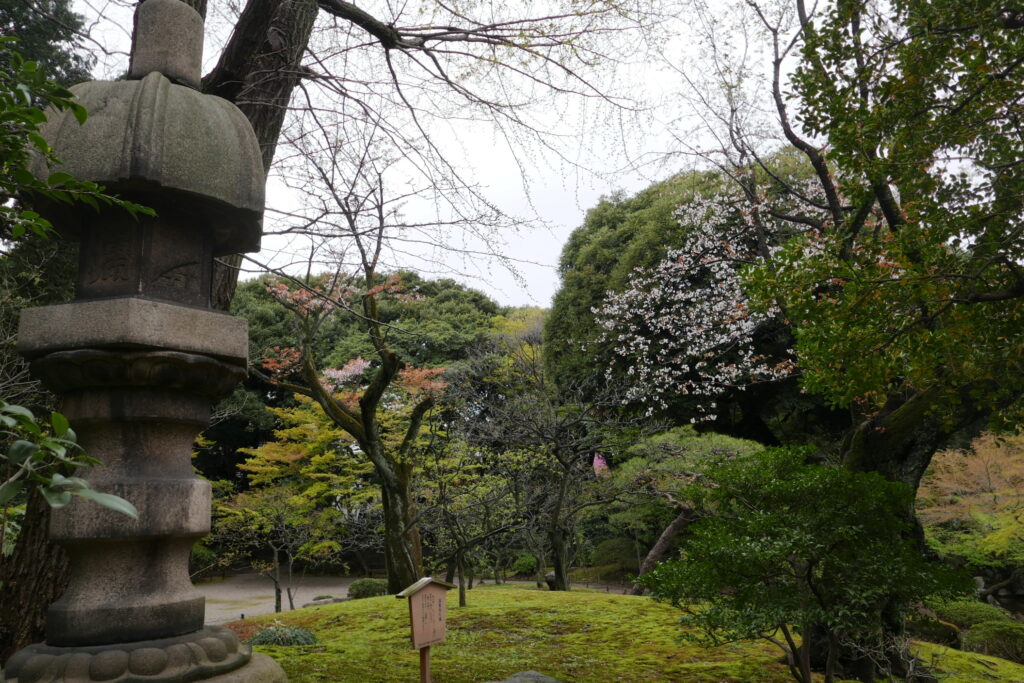


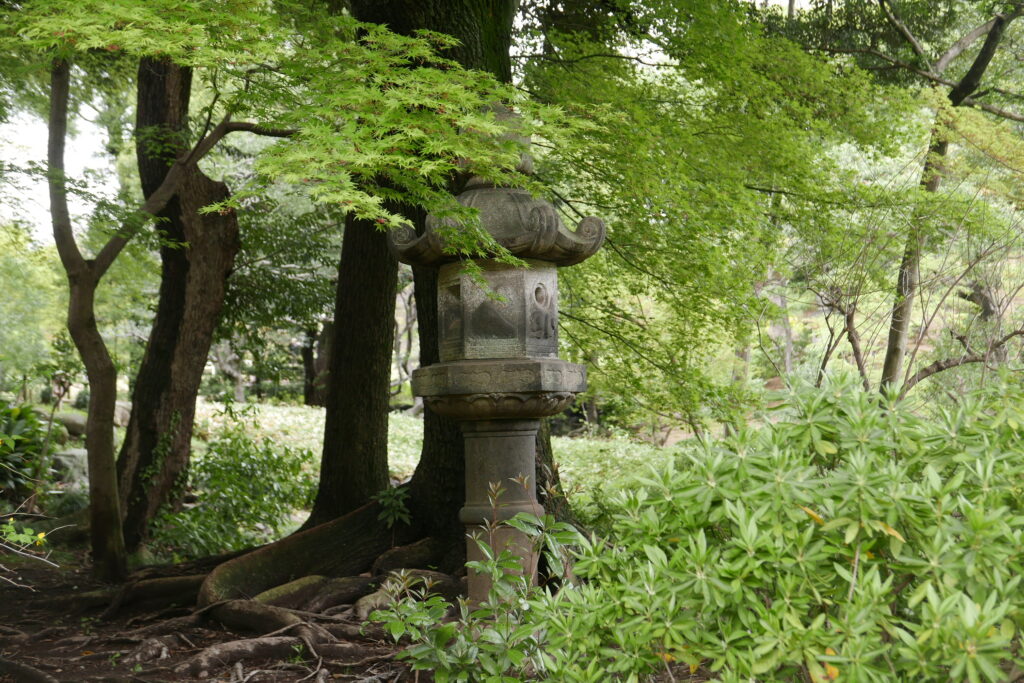
One more impressive monument is the Jugo-soto or the fifteen-storied stone pagoda. A symbolic stone structure called a stupa in India, Nepal, etc., is similar to this. In Japanese, it is also called TOBA (塔婆), which comes from the sound of stupa, meaning “piling up.” They both seem to share the same concept. Many people say the number of stories (roofs) should be odd, but please understand that there are still many theories about the meaning of the story number.
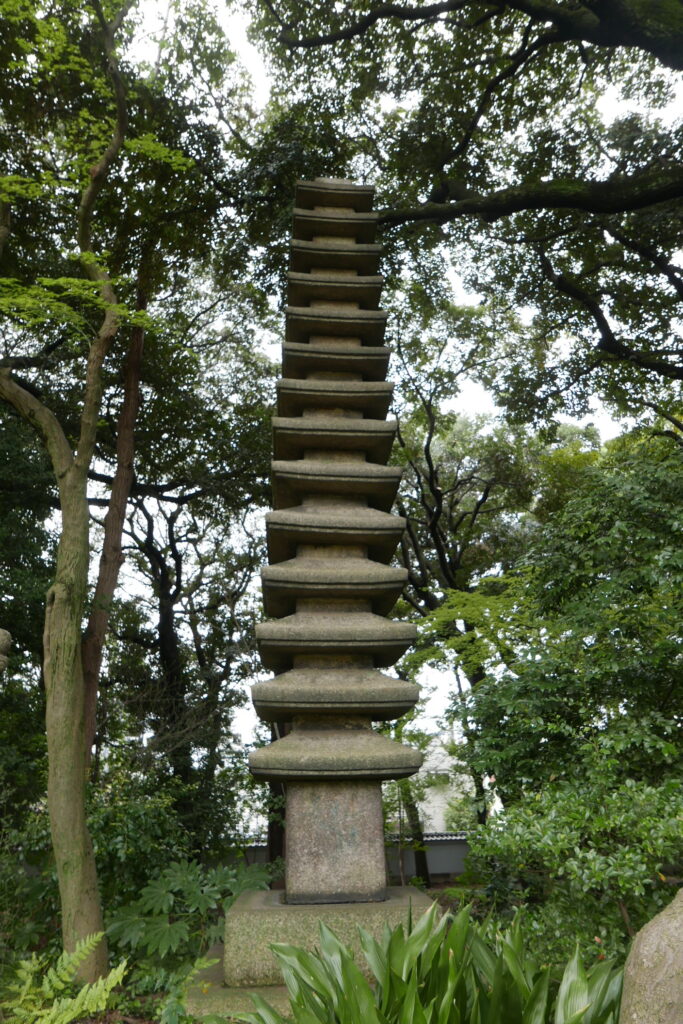
<Information of the garden>
Location: Chome-27-39 Nishigahara, Kita City, Tokyo 114-0024. Please click the Google map link.
https://maps.app.goo.gl/y9ffvX6rFUE1U6tv7
The gate is open from 9:00 to 16:30 every day, except for the year-end and New Year holidays. It will be closed at 17:00.
Admission fee: 150 yen for adult
If you are interested in the Japanese gardens, please get in touch with me via the link below. I will suggest some tour courses, including any of the Three Gardens.
Please click the links to get updated via my X (former Twitter) and Instagram.
X (former Twitter): https://x.com/ToruGuide
Instagram: https://www.instagram.com/toruhigaki/
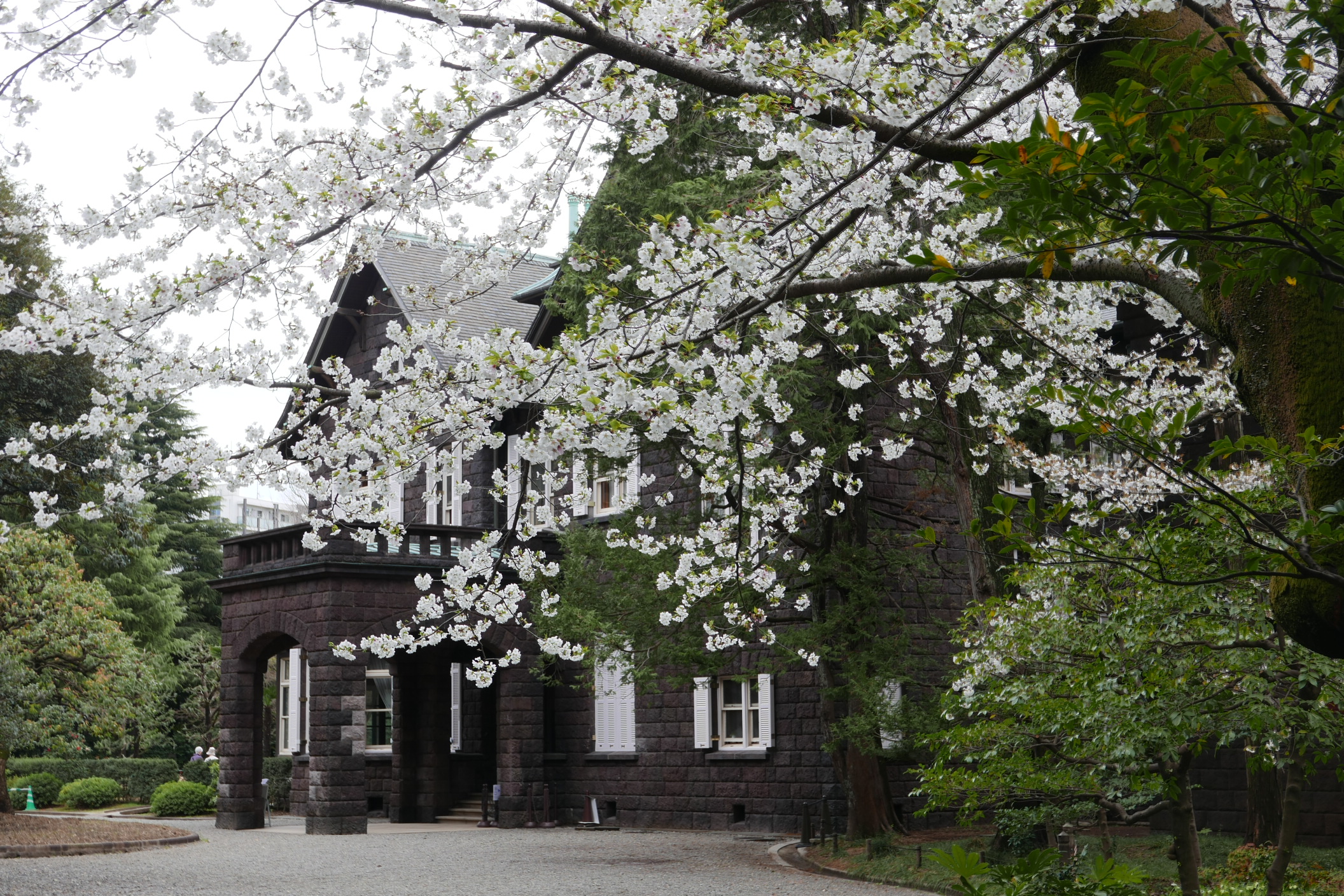

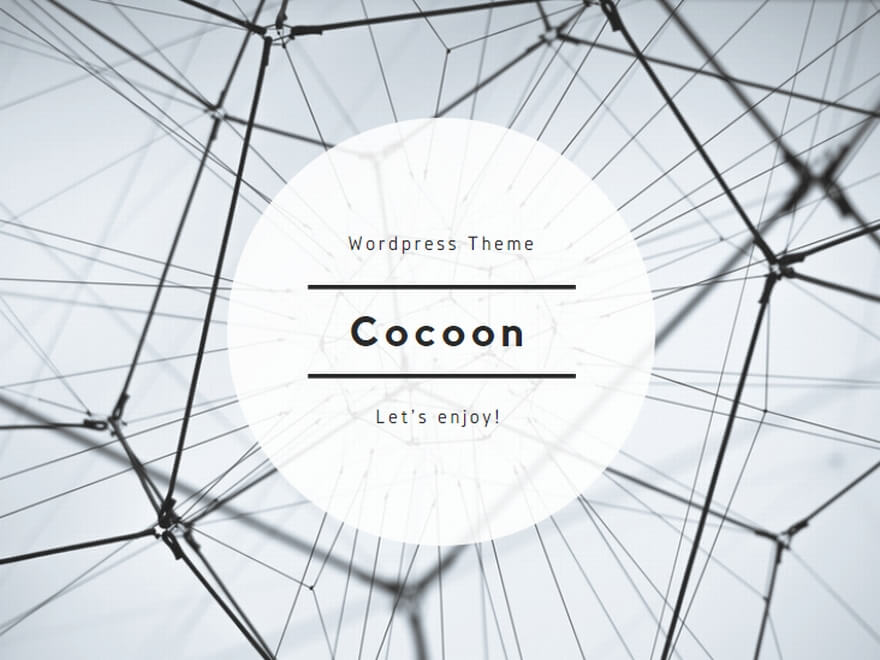
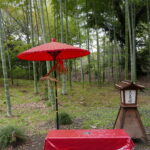
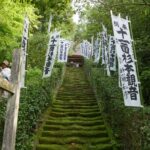
Comment